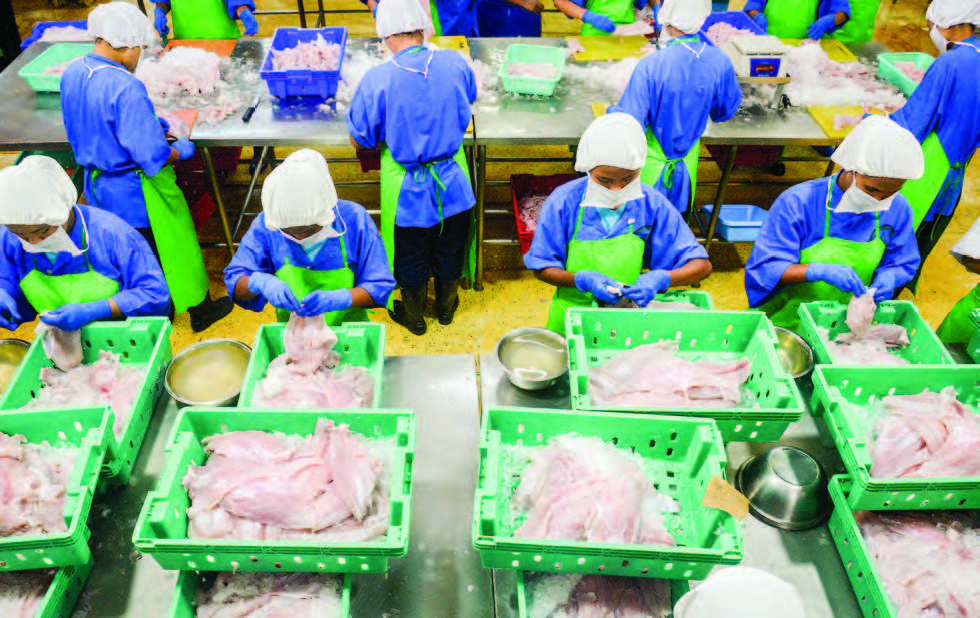
Myanmar is exporting more fishes, prawns and other marine products to 40 countries including China, Japan, Korea, Thailand, the US, the Middle East countries and European Union. The country has gained high demand from foreign markets as more marine products are produced safely, according to the Basic Training Course for Safe Maritime Production Batch (1/2020) opening ceremony. There are currently 124 aquatic processing industries and 27 of them have permission to export to EU. As per the export countries’ requirements of food safety, the relevant country’s department has to issue necessary health certifications and quality assurance. As every country asks for the food safety system now, the Department of Fisheries is focusing on serving in accordance with the foreign markets.
This year’s marine export volume is over US$ 750 mln, an increase of $110 compared to the year-ago period. In this financial year, 50 quality controllers from fish and prawn processing factories will attend the training, and 50 people in the next budget year in coming September. As Myanmar is a member of World Trade Organization (WTO), fish and prawn processing factories are implementing the WTO Agreement on the Application of Sanitary and Phytosanitary Measures and following the guidelines of ASEAN, China, France, the US and the European Union.
The fishery products such as alive or freezing products, dry or salted products are being exported to over 40 countries.
Those who involved in the whole process such as fishing boats, fishing ports and fish breeding ponds are implementing the Good Aquaculture Practices (GAqP) and the processing plants are implementing the Good Manufactured Practice (GMP), the Sanitation Standard Operating Procedure (SSOP) and Hazard Analysis and Critical Control Points (HACCP). The maritime products from 49 fishery breeding ponds of Rakhine State, Taninthayi Region, Ayeyawady Region and Yangon Region are being implemented as per National Residue Monitoring Plan and 23 factories were permitted to export to the EU. In 2020, the Department of Fisheries has been cooperating with private business persons and giving basic training courses to helmsmen and 120 marine workers from 4 standard fishing ports and training courses to produce the fishery products safely.
Source: The Global New Light of Myanmar
